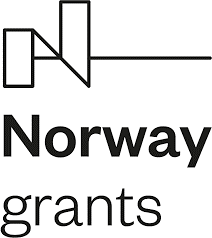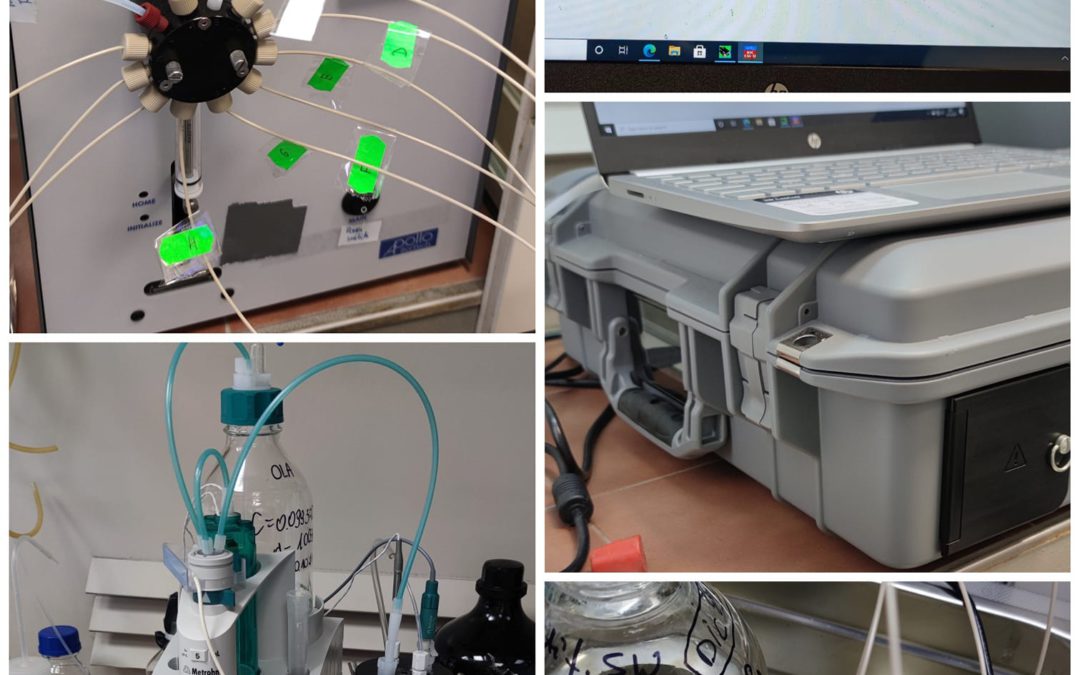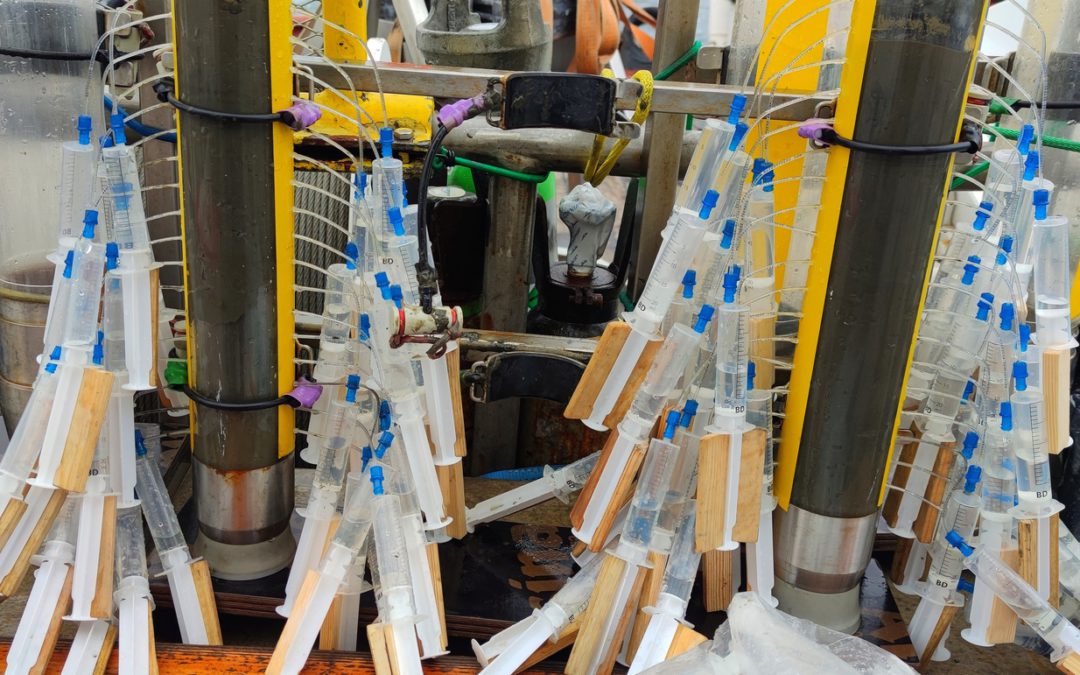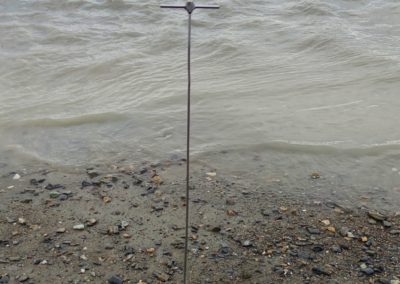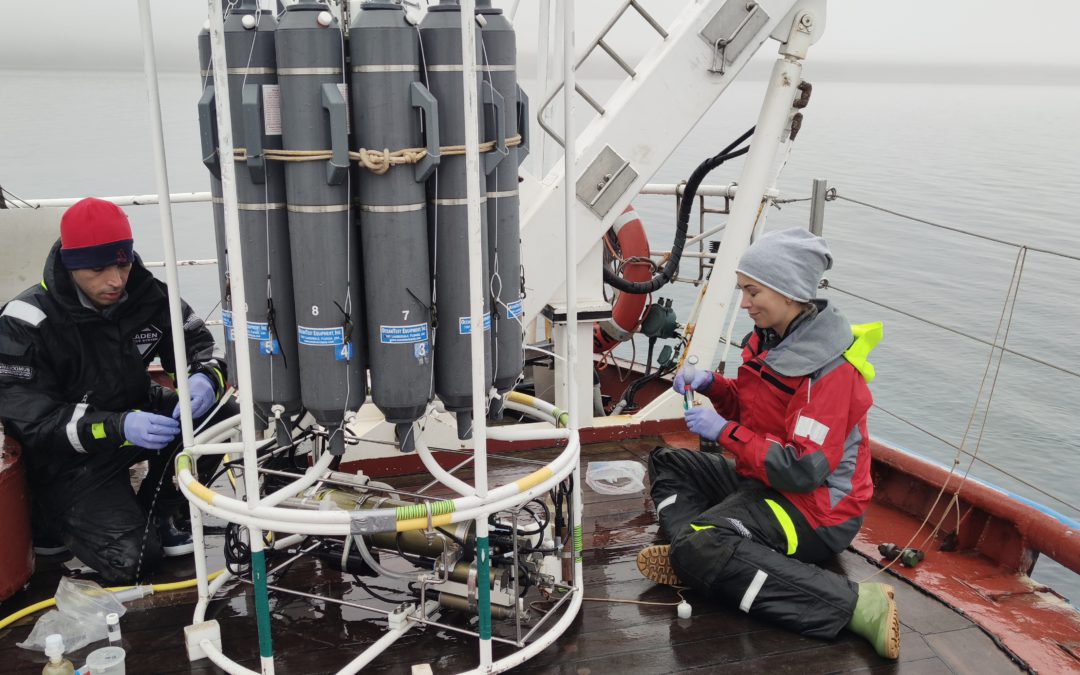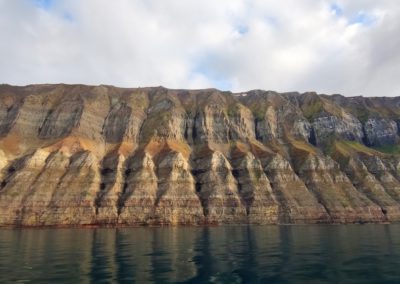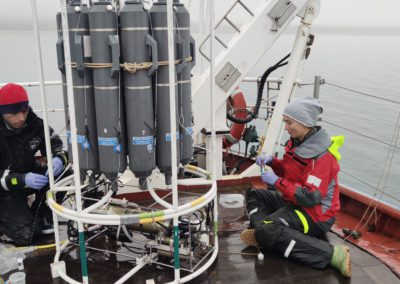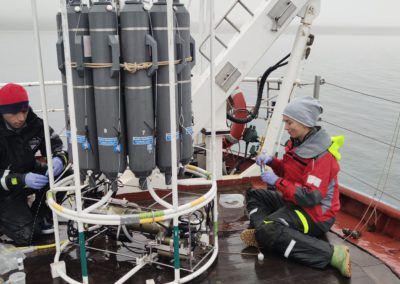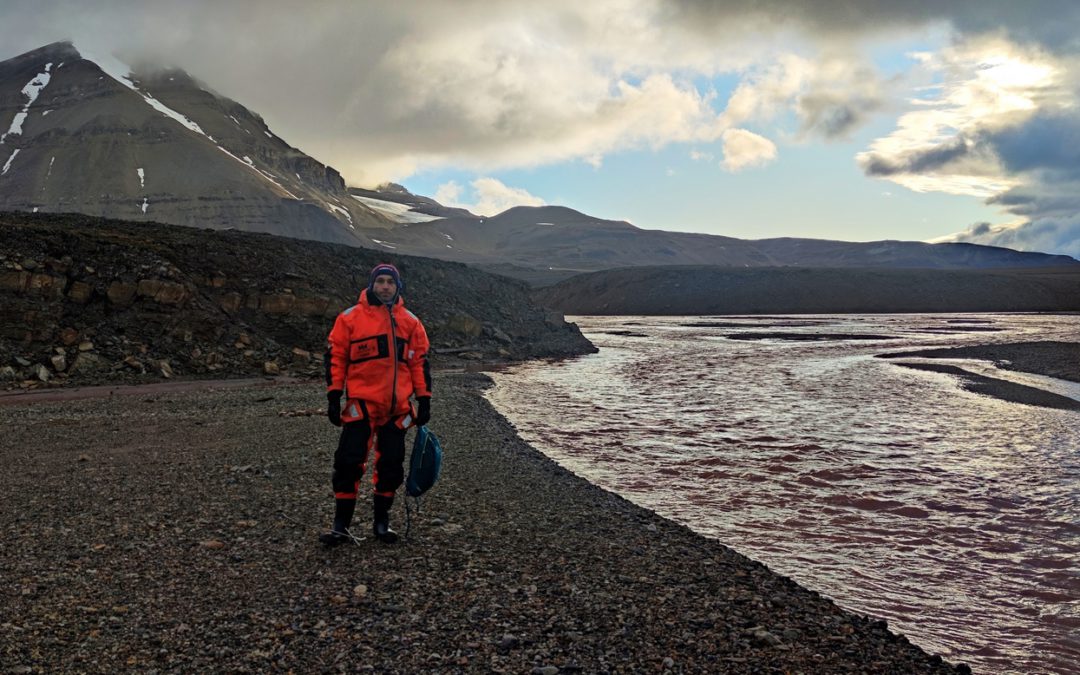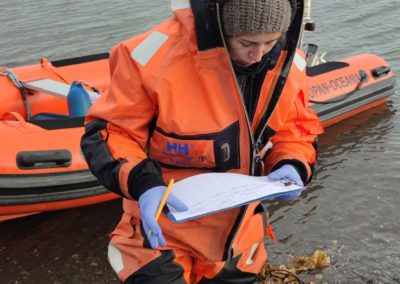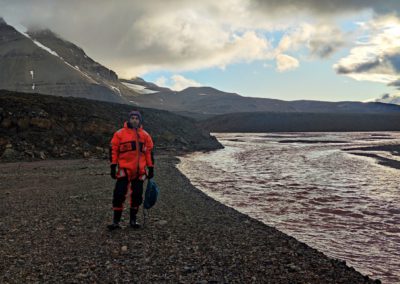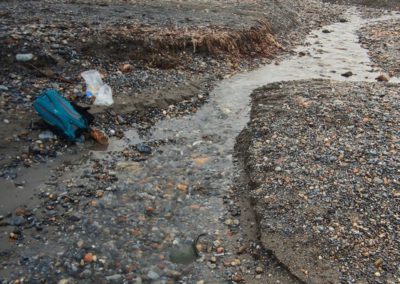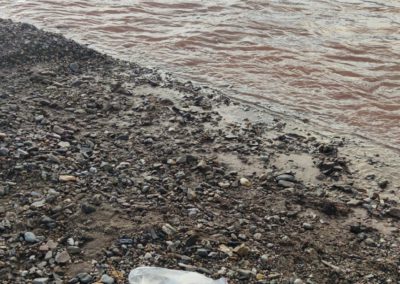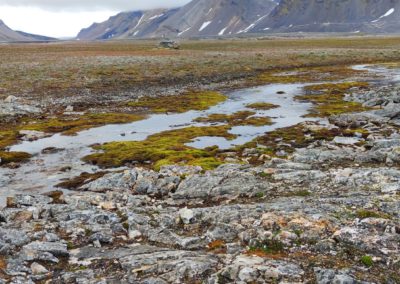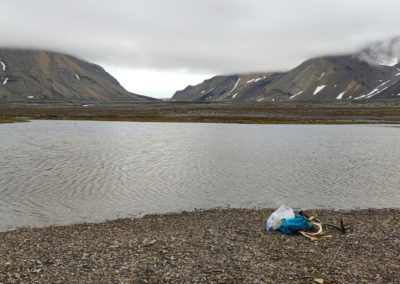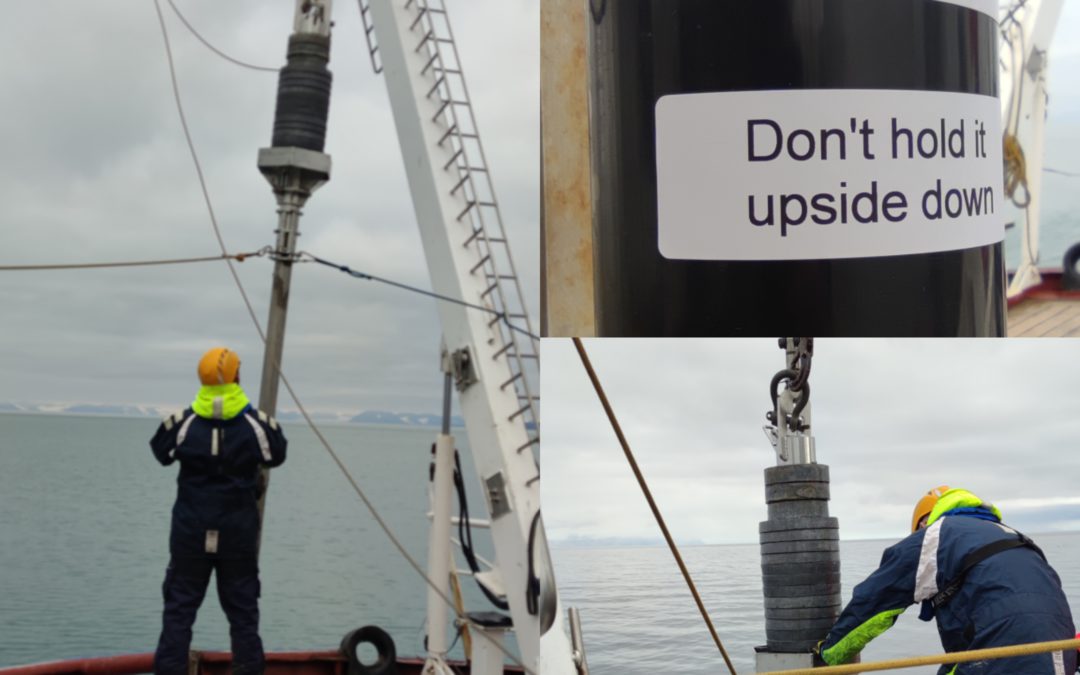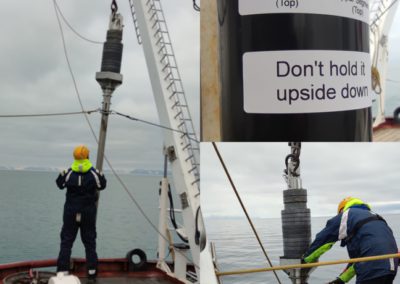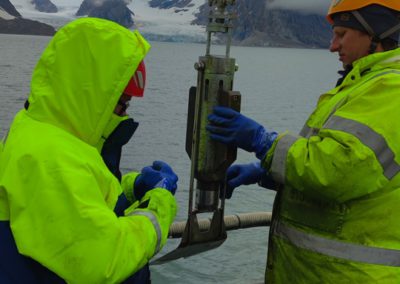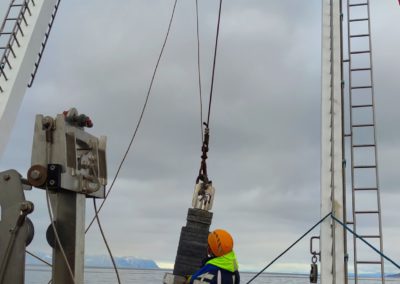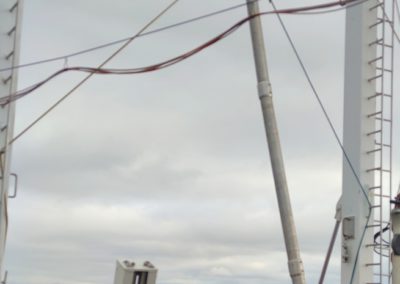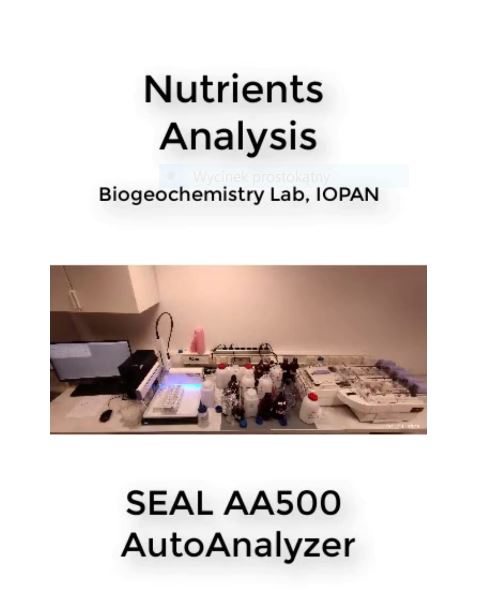
Nutrients analysis
Nutrients analysis
The ArcticSGD project investigates all aspects of submarine groundwater discharge (SGD), as an essential component of biogeochemical budgets. Fresh SGD is a source of new nutrients, and the study of nutrients helps to understand nutrient cycles (recycled nutrients from sediments or new nutrients from groundwater) in the European arctic. We collected 600 samples from seawater and porewater in Hornsund, Kongsfjorden, Krossfjorden, Isfjorden, and Norwegian fjords. 500 samples are analyzed at biogeochemistry laboratory in IOPAN and remind of samples are analyzing soon. We will collect nutrients samples during the next cruise to Lofoten, from seawater and porewater to study SGD and the nutrients cycle in the canyons. Video Reza Saghravani
